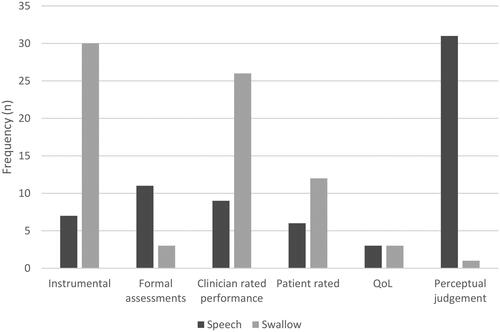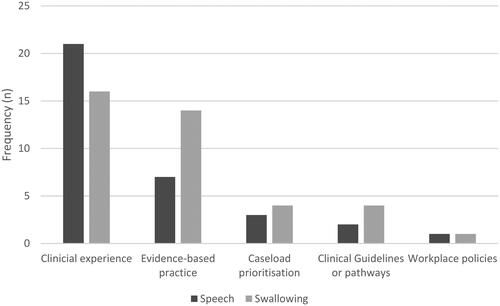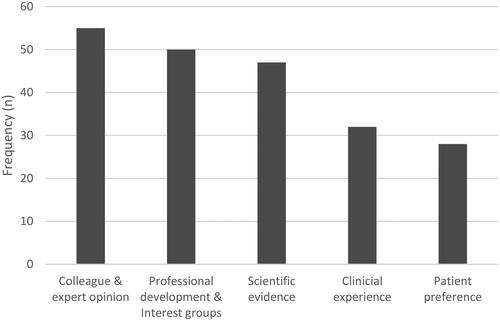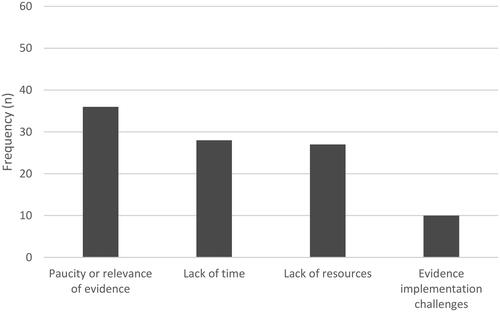Figures & data
Table I. Clinician demographic and caseload information.
Figure 1. When speech-language pathologists initiate speech (n = 74) and swallowing (n = 90) intervention across the cancer treatment pathway.

Table II. Speech and swallowing interventions.
Figure 2. Type and frequency of speech and swallowing interventions recommended. ROM = Range of motion.
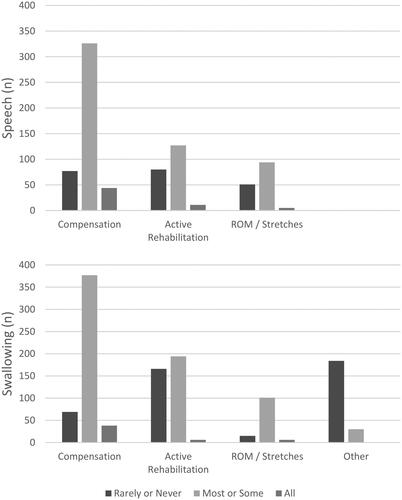
Table III. Frequency and intensity of speech and swallowing active rehabilitation.
Supplementary Information - Survey Questions [abbreviated].pdf
Download PDF (481.9 KB)Data availability statement
The data that support the findings of this study are available on request from the corresponding author (KMB).

